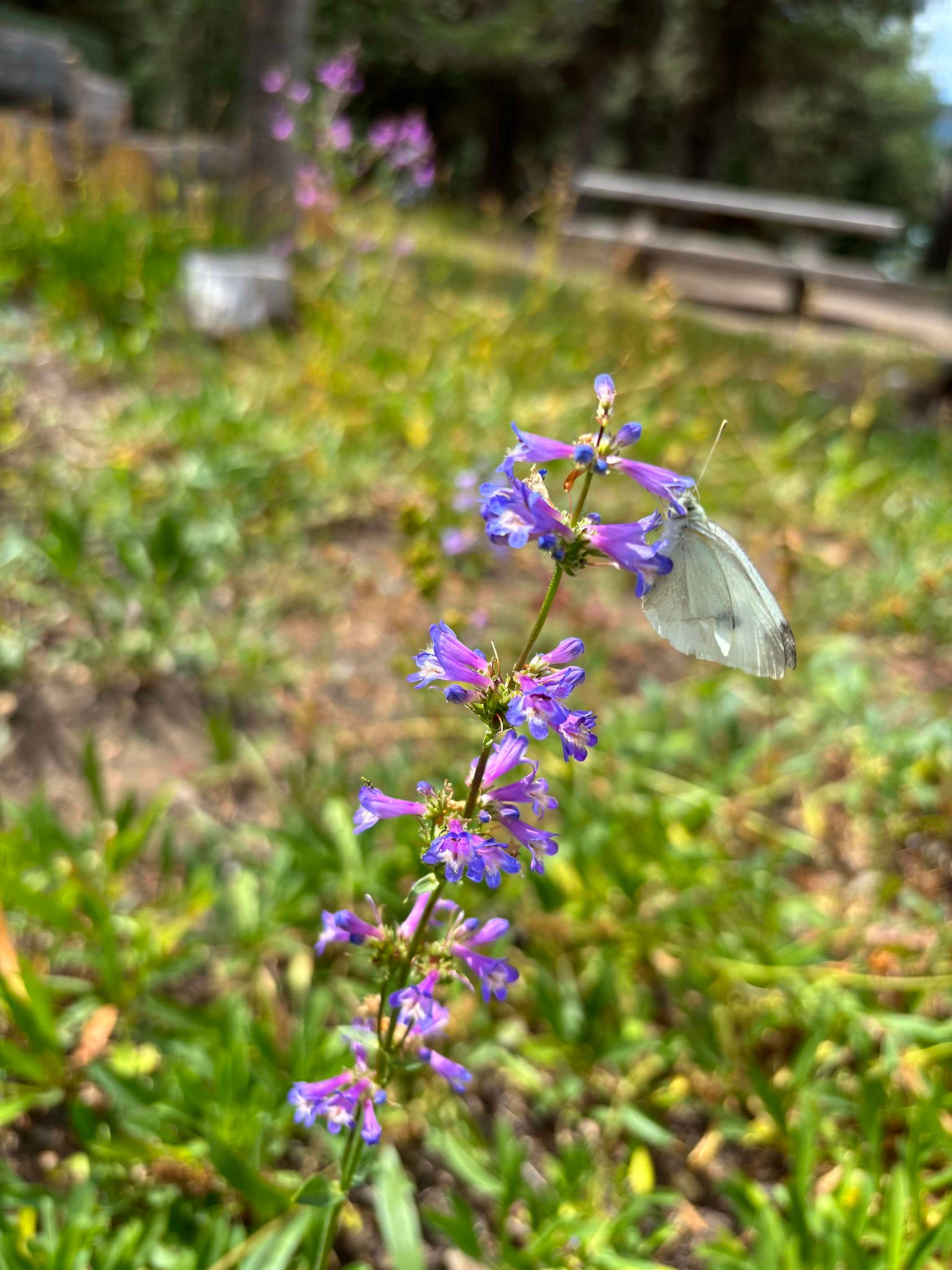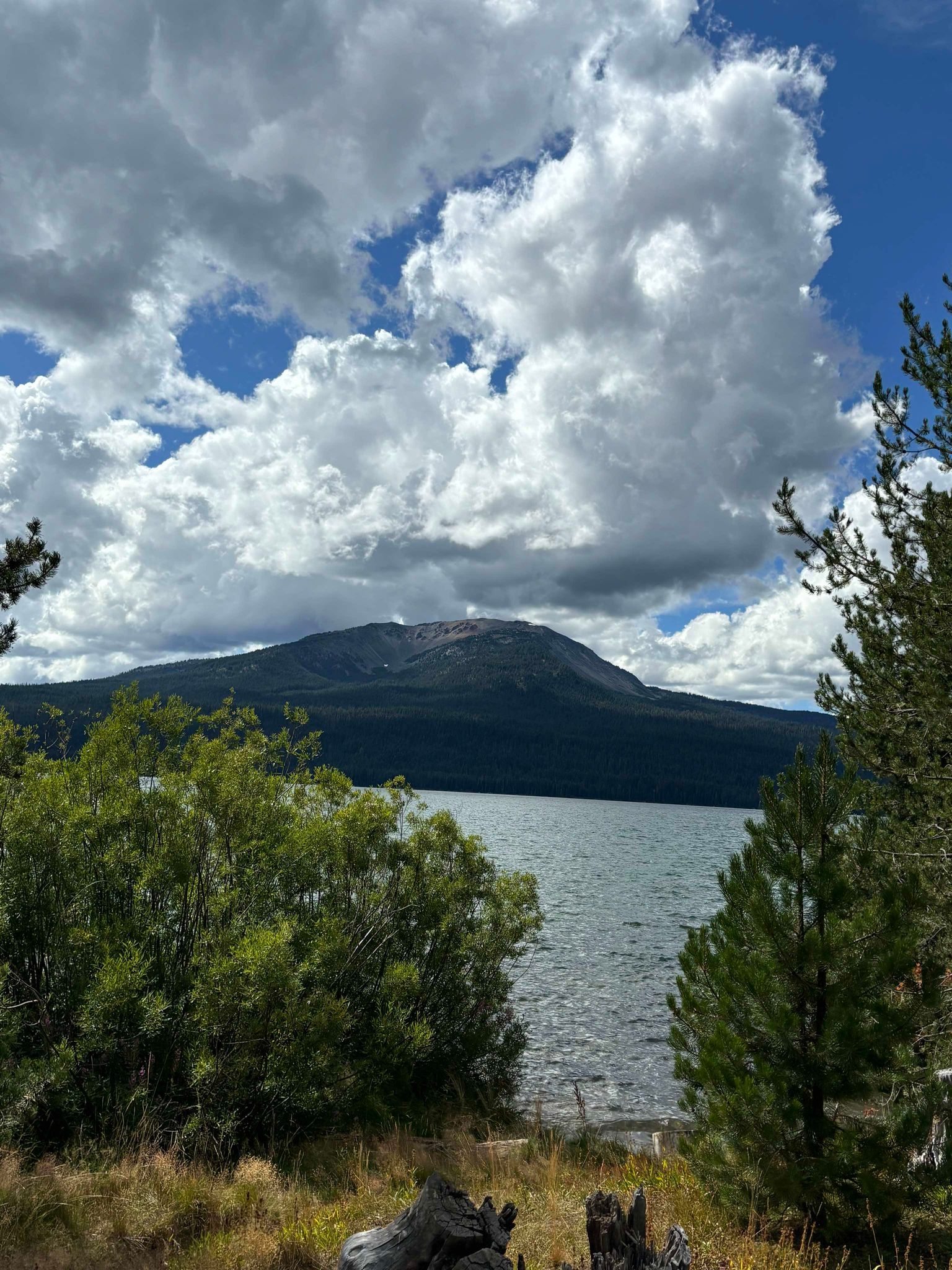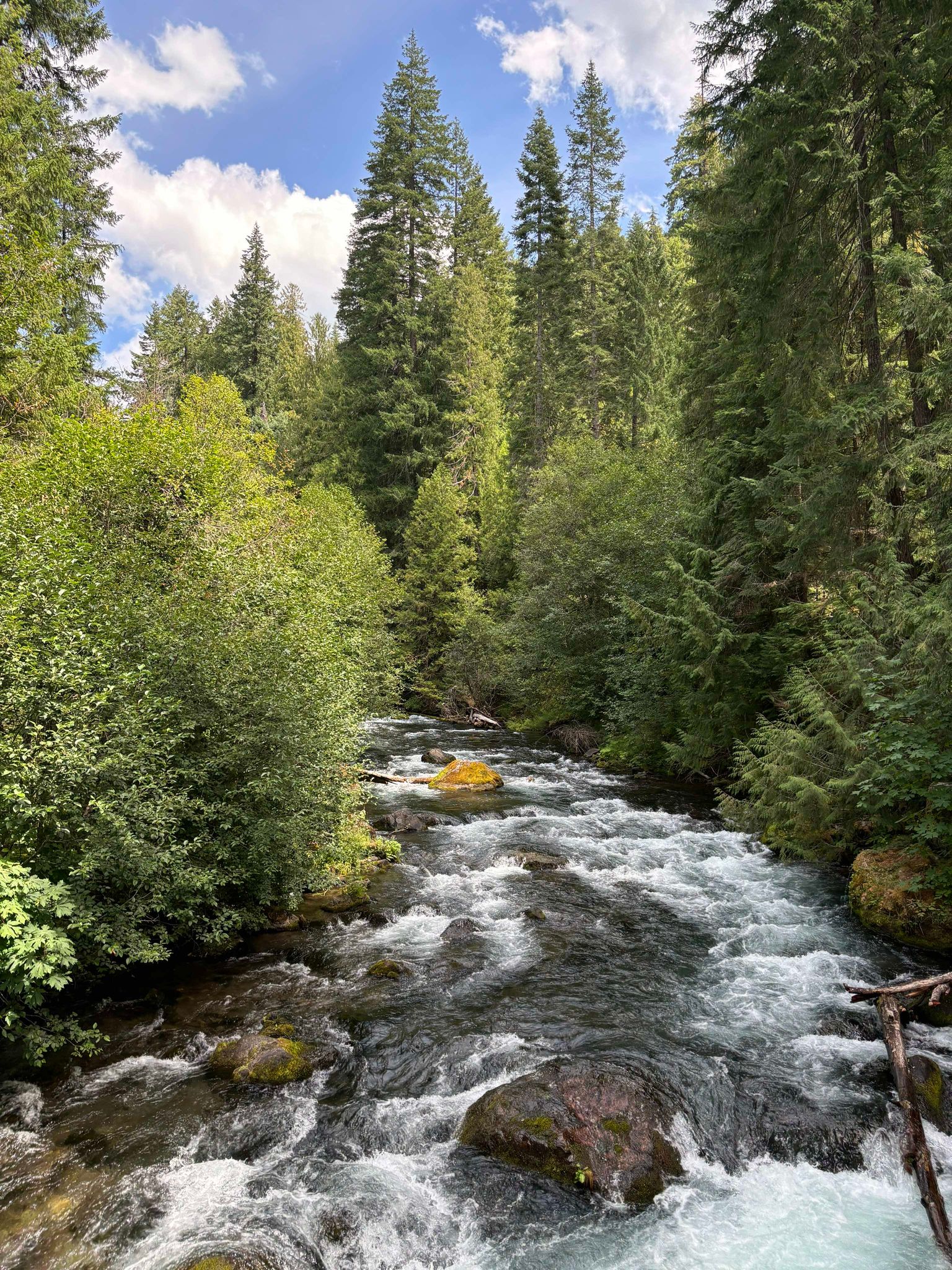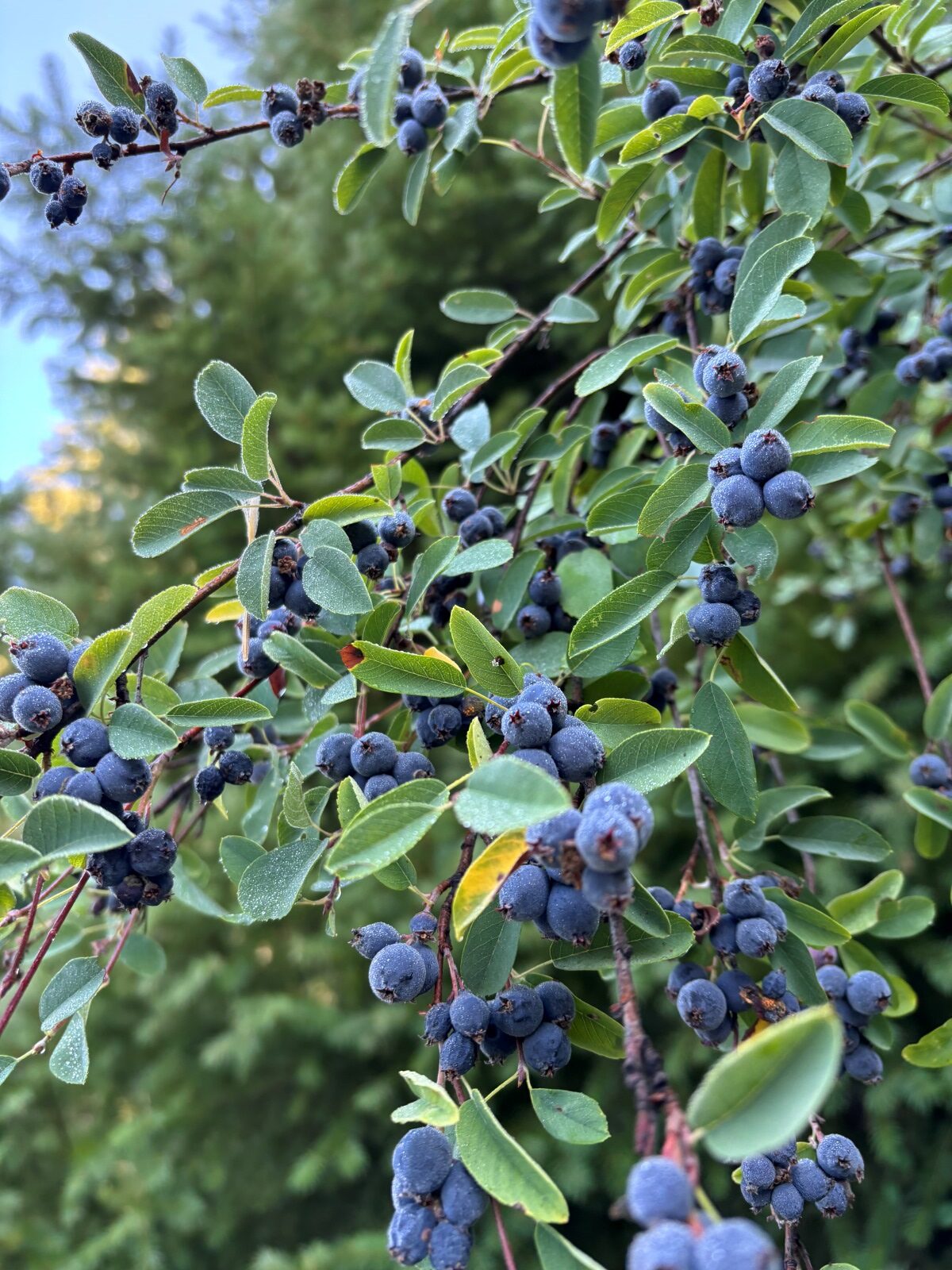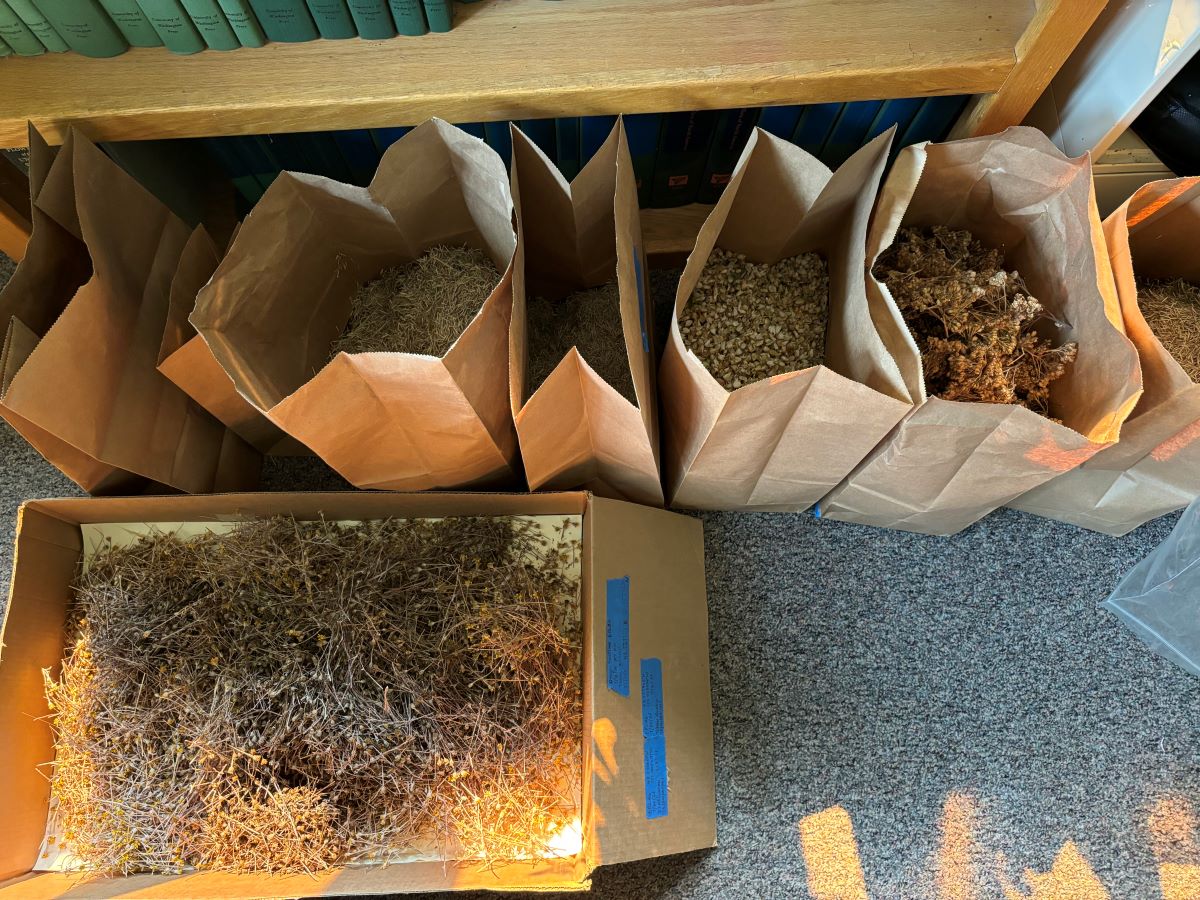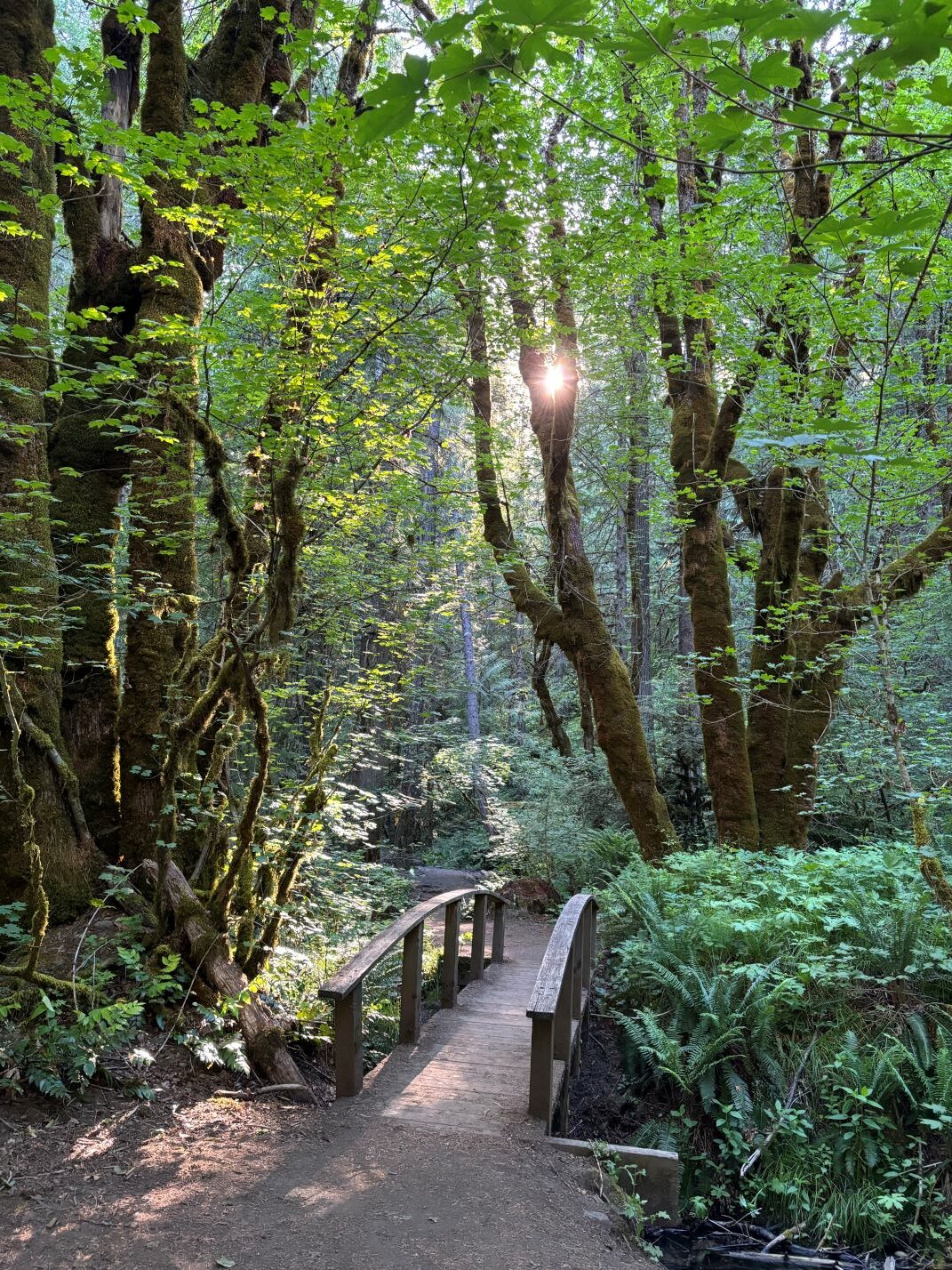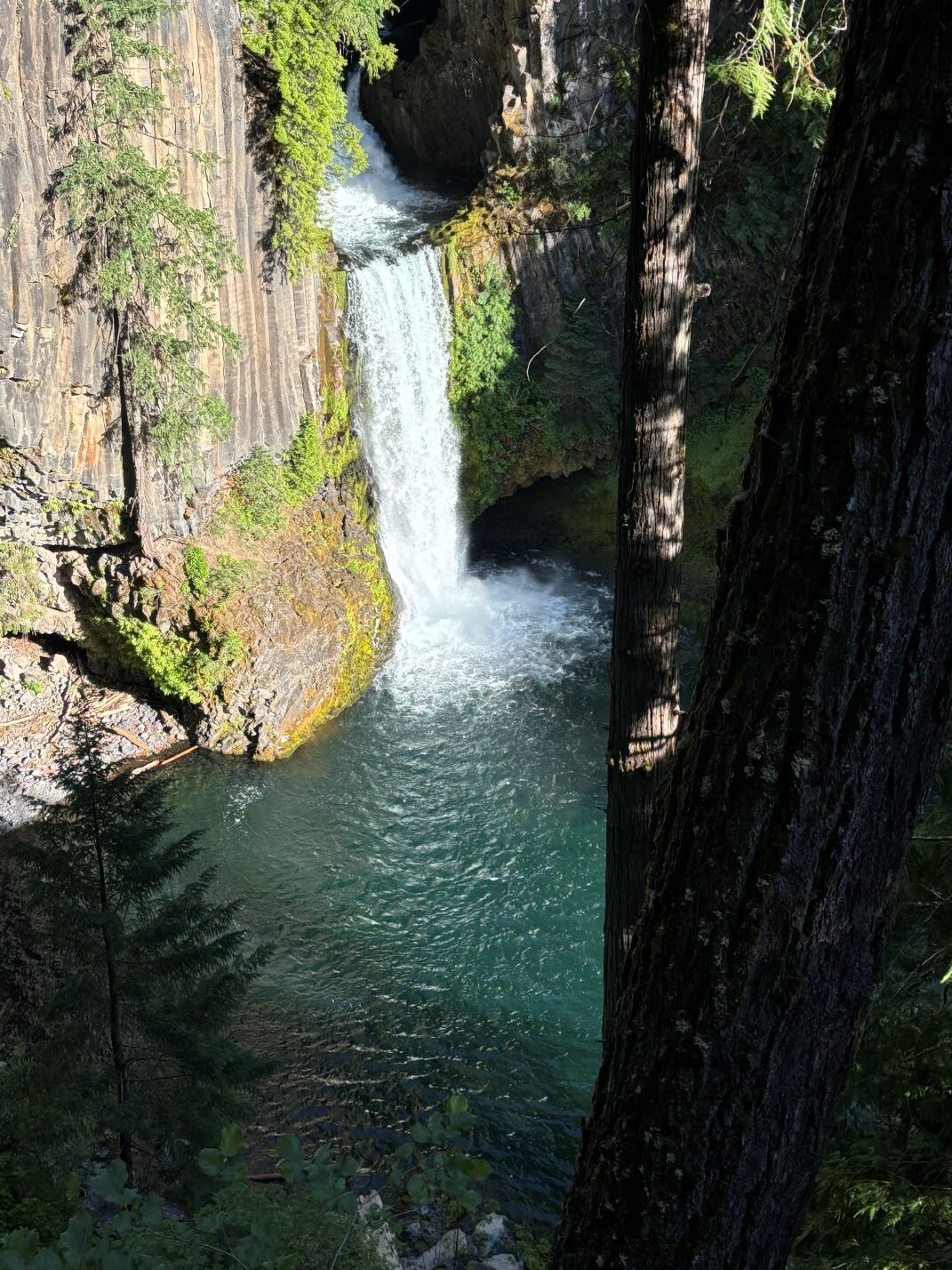Hello again!
In my post for this month, I wanted to talk about the opportunity I had to step away from my usual botany work and spend a week with the trails crew. It was a nice change of pace, offering a differen, hands-on experience that deepened my appreciation for the land. While I love working with plants, this week broadened my view of conservation and gave me a new perspective on the ways we interact with nature.
Working with the trails crew was both challenging and incredibly rewarding. I gained a real sense of the physical effort and skill required to maintain the trails that allow hikers, bikers, and outdoor enthusiasts to enjoy these beautiful spaces. It was eye-opening to see just how much goes into creating and maintaining access to the outdoors—something I hadn’t engaged with directly before. This experience gave me a newfound respect for the behind-the-scenes work that makes these areas accessible to the public.
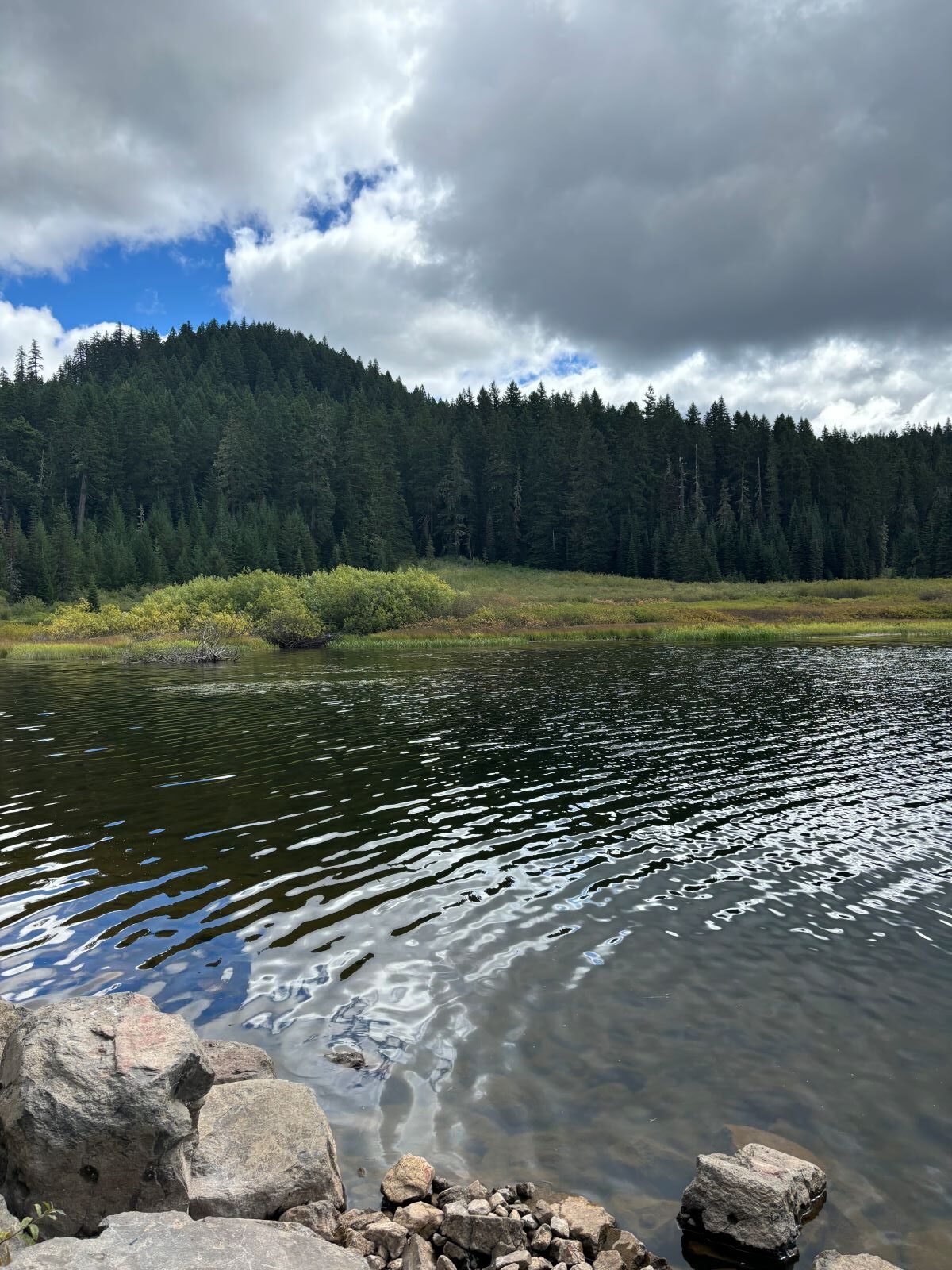

The teamwork was another highlight of this experience, as the work required a different type of collaboration. Clearing trails and ensuring safe passage required constant communication, coordination, and trust. It was very rewarding to be part of that dynamic.
I also had the chance to learn some new techniques, from clearing debris and trimming back overgrown areas to using tools I had never handled before. One of the most unique and exciting parts of working with the trails crew was getting to use a crosscut saw. It was an entirely new experience for me and definitely a highlight of the week. There’s something especially fun about working with such a traditional tool that makes you feel as if you’ve been transported back in time.
This experience also showed me how interconnected different aspects of conservation are. The work the trails crew does plays a crucial role in making nature more accessible to everyone. By maintaining these paths, they’re not just preserving the land—they’re helping more people experience it, which in turn can inspire more interest in conservation. Contributing to that effort was incredibly satisfying, knowing that it would improve the experience for anyone who sets foot on those trails.
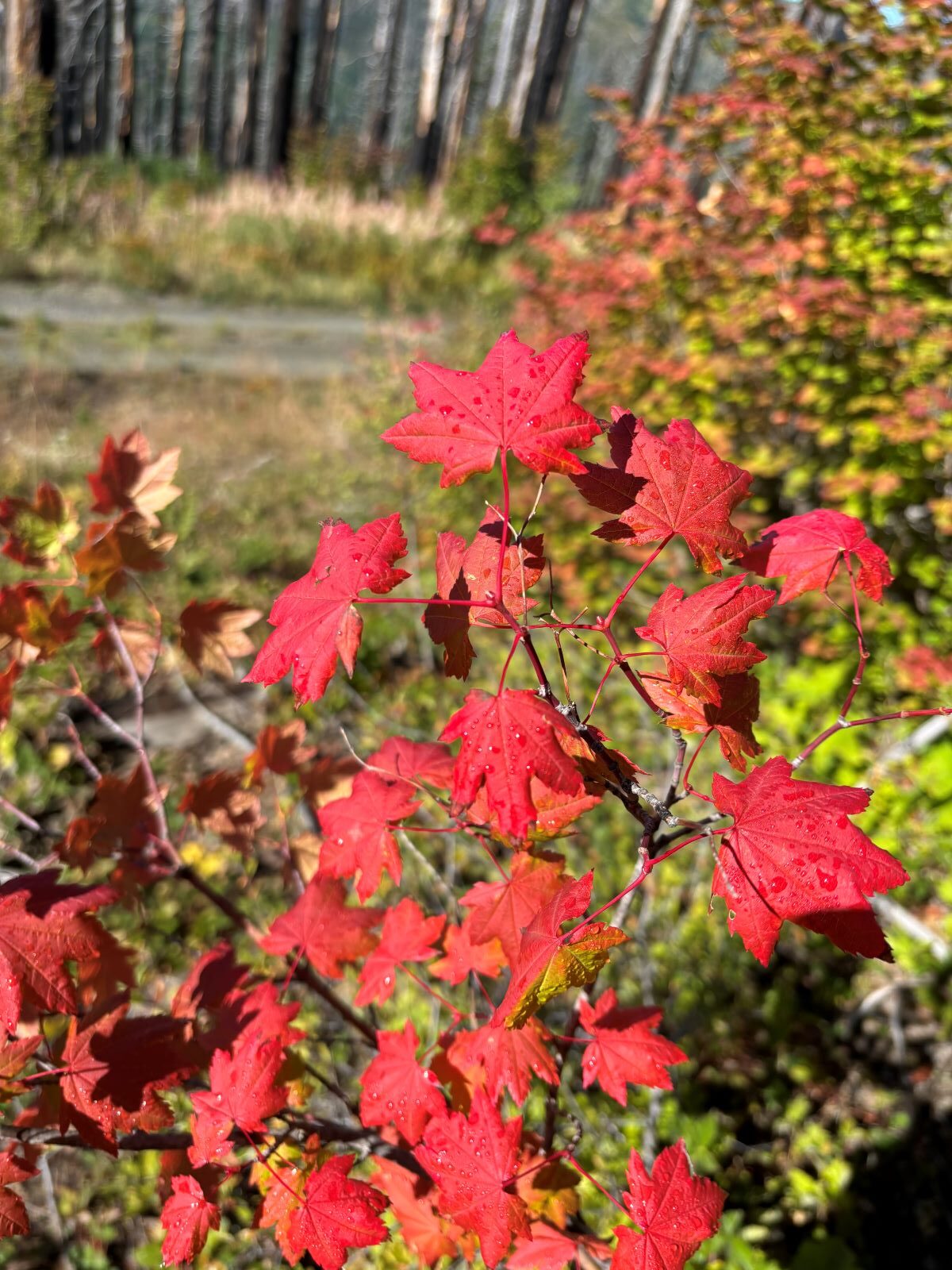
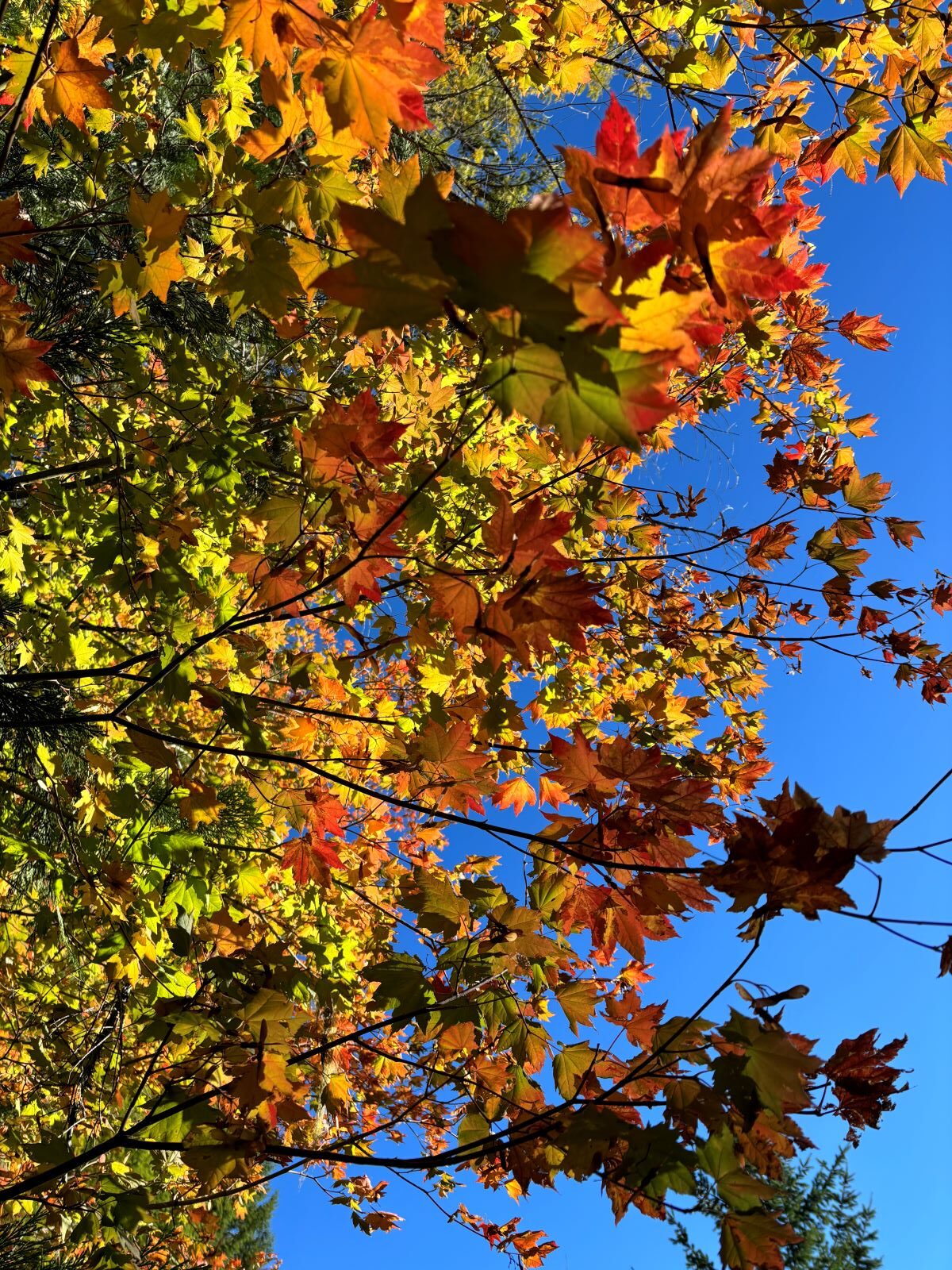

Adding to the magic of the month, I’ve had the chance to witness the forest slowly transform into its fall colors. The vibrant reds, oranges, and yellows make the landscape even more breathtaking. Working amongst the changing foliage adds a whole new layer of beauty to the job, and makes the work even more special.
Until next time!
Hannah Rogers


